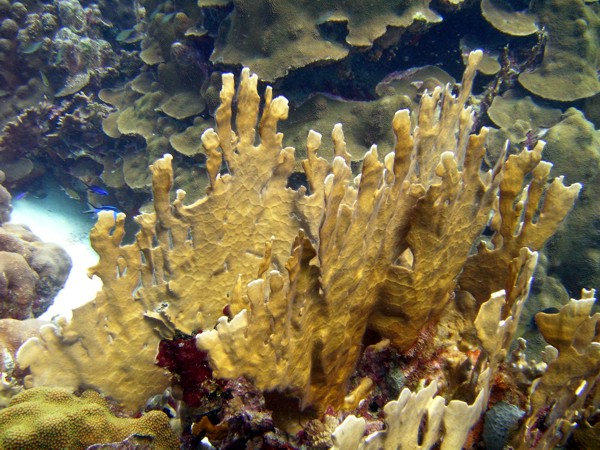
On closer inspection, there were small spines protruding from the surface. This was fire coral! After years of hearing divers warning me to watch out for fire coral, I finally found out what it looks like. I assume the small fish I was observing were using the fire bouncy castle for sale coral for protection from predators as they darted in and out between the blades.
Fire coral is not actually coral, but a hydroid (more like a jellyfish). The sharp calcified spines combined with the stinging cells called nematocysts present double trouble for anyone that comes in contact. Bushing against fire coral can produce a painful sting which last for days. Cutting your skin on fire coral can take long time to heal. Since we strive to avoid contact with any coral, I’ve never been stung. Hopefully these pictures will help others to avoid the burn.

Thanks for posting. I’ve actually been stung by these. They didn’t go away for a month. To my misfortune I didn’t familiarize myself with them first. On Guam, when you want to swim, you just swim.